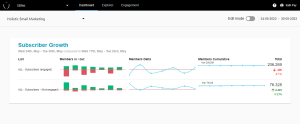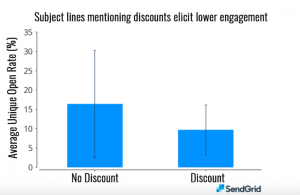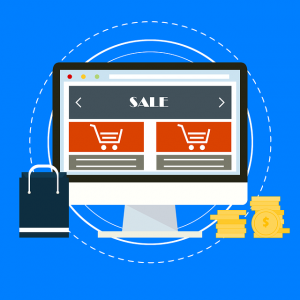 Facebook marketing has become increasingly pay-to-play over the last several years, which has caused a lot of complaining among social media marketers. Compared to several years ago, the posts of business pages get almost no circulation among their followers, unless they pay for a “boost”. Fortunately, the monetization of Facebook marketing has also led to some amazing marketing tools that we can take advantage of today.
Facebook marketing has become increasingly pay-to-play over the last several years, which has caused a lot of complaining among social media marketers. Compared to several years ago, the posts of business pages get almost no circulation among their followers, unless they pay for a “boost”. Fortunately, the monetization of Facebook marketing has also led to some amazing marketing tools that we can take advantage of today.
Boosting on Facebook
Boosting is an obvious cash-grab, but that isn’t necessarily bad. By generating profits from the social media marketing and advertising that was already being done on their platform, Facebook was incentivized to make those activities more effective. To do that, they applied the massive amount of data that they have ready access to among their users to help businesses reach exactly the audience they’re looking for.
Not only does that make it more effective, it’s also significantly less expensive than most other paid marketing and advertising options.
How To Define Your Audience
Maximizing ROI on Facebook is all about reaching the perfect audience. There are a couple of important things to keep in mind when building these specifications to ensure that your money goes toward showing your posts to the right people.
 Pick a Broad Interest Category to Start
Pick a Broad Interest Category to Start
Think about who your target audience is in the broadest terms. For example, if you’re running a daycare, select “motherhood” and related keywords to start. The target group will seem very large at first, but don’t worry, it will become much narrower as we go.
 Be Location Specific
Be Location Specific
Most of the time, your business’ services won’t be available worldwide, so always start by listing the country, state, or local area that you operate in. There’s no point in advertising to people who can’t buy your product or service even if they want to.
Select Age and Gender
Think about who your customer is. Despite decades of social progress, childcare (and decisions about childcare) are still largely managed by women between the ages of 22 and 40. By limiting age and gender you can concentrate specifically on those people who are MOST likely to show interest in your business.
 Narrow Down The Audience’s Interests
Narrow Down The Audience’s Interests
This is where the magic really happens. Using the feature to narrow or exclude certain interest groups can help you reach an amazingly specific audience. For example, let’s go with our daycare example. We’ve defined the audience so far like this…
- Women
- Age 22-40
- Associated with groups related to “motherhood”
- Located in the same city as the Daycare
This isn’t a bad target group, but a lot of mothers don’t use daycares. To narrow it further we could…
- Narrow the group to people who also expressed an interest in “working mothers” and other related keywords
- Exclude people who expressed interest in “stay at home Mom”
The result gives us young working mothers that live in the local area, specifically ones who think of themselves as working moms.
What to Do if the End Group is Too Small
If your final audience is smaller than you would like, you can try to expand the initial pool of people that you’re narrowing the audience from. For example, add interest groups like “parenting, childcare, etc…” to help include mothers that the “motherhood” label might have missed.
Otherwise, you can always make the audience more general by removing some of the narrowing criteria, though that will probably also lower your marginal click rate.
We hope this tutorial helped you improve your social media marketing, and look forward to hearing from you in the comments!
This article first appeared on the Netrostar blog.
Digital & Social Articles on Business 2 Community(69)
Report Post







